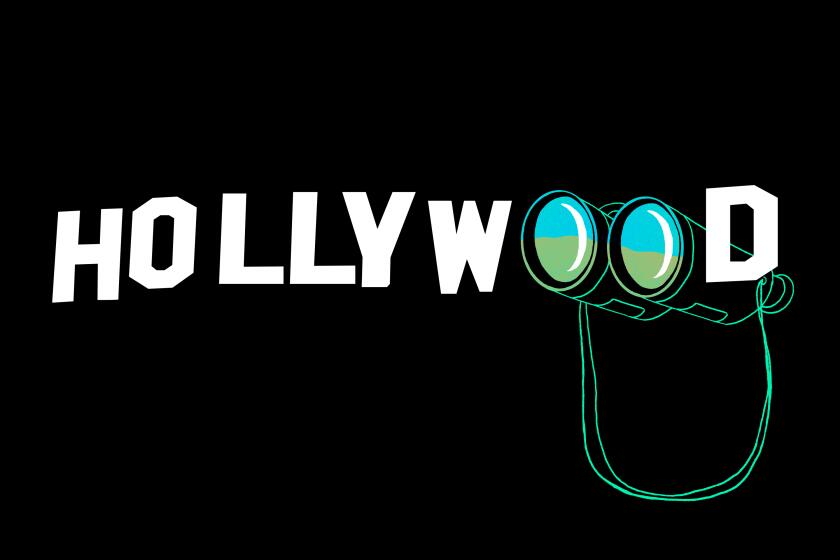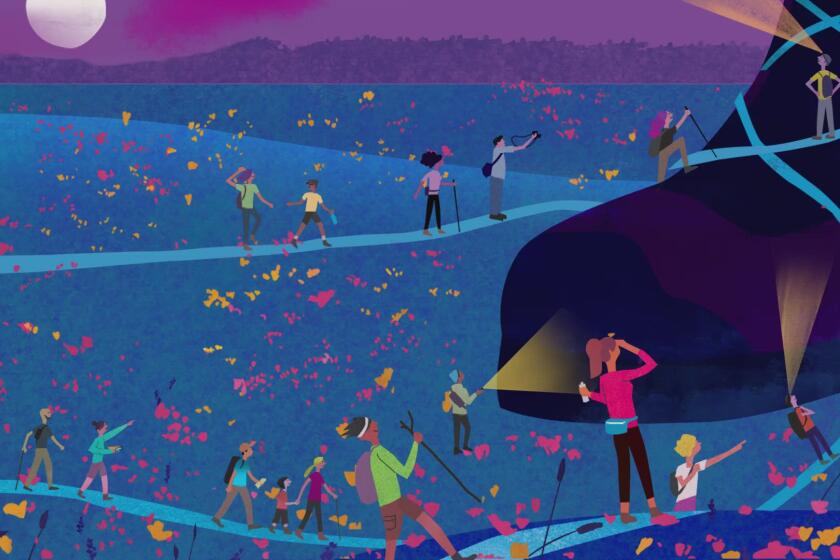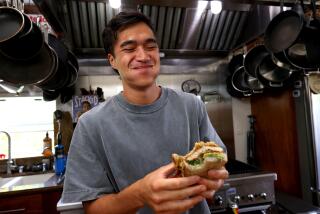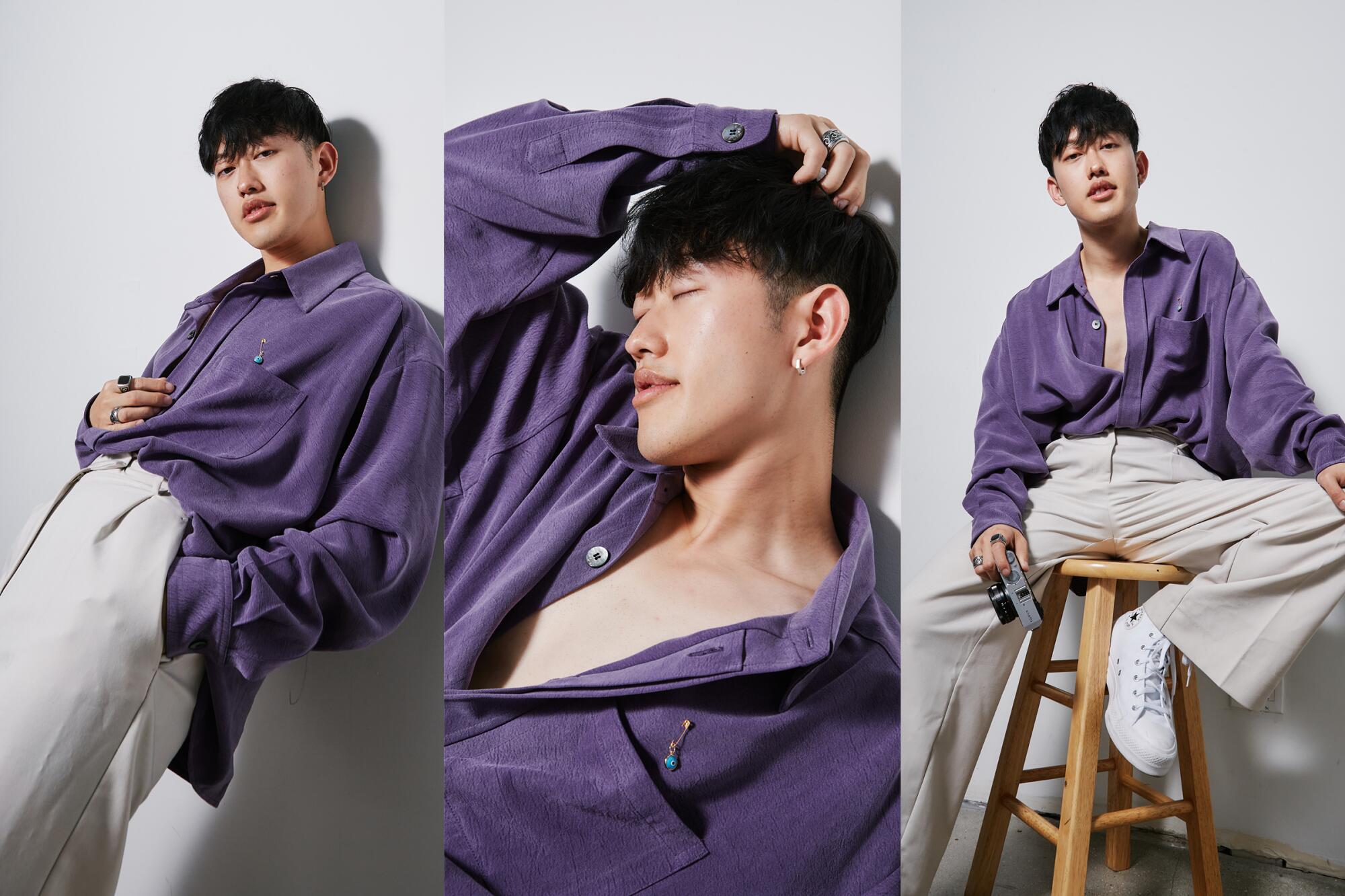
A TikTok user recently posted a brief video asking for assistance. “My name is August. I’m a disabled trans man,” he began. “I love taking pictures, but I do not know what to do with my body or my hands! Please send help.”
August’s video was addressed to one person in particular: posing guru David Suh. Suh, who boasts 4 million followers on TikTok, is a photographer and evangelist of the idea that there’s no such thing as not being photogenic. He insists that anyone can take a good picture if they just learn how to work their angles correctly.
Suh’s posing tips are simple, approachable and go incredibly viral; other users regularly duet his videos to show how his advice has transformed their self-presentation. TikTok is primarily a visual medium, which offers Suh and his fans plenty of space to demonstrate proof of concept. And indeed, just a few days later, August was geeking out over Suh’s response and posting photos of himself looking confident and poised in the poses Suh had suggested.
Suh’s process all begins with getting into your body so that you can feel a pose from the inside out. On a Tuesday morning in April, the Los Angeles photographer was working with a client named Vy Ngo, an educator from Santa Ana, in his Virgil Village studio. She was petite and casual in a dark tank top and loose pants, her feet bare but her face carefully painted by the makeup artist who often assists Suh on his shoots. Suh ran Ngo through a series of mirroring exercises before taking a single photo, so that when he called for her to bring her chin out, relax her mouth or kick out a hip to create an S-curve with her body, she’d know exactly what he meant and how to execute his advice.
This level of involvement is not unusual for him. Though he’ll work with models for something like a series of posing tips for plus-size women, he’s almost always in the frame alongside his clients and subjects, breaking the barrier between artist and muse. And his persona both online and offline is goofy and self-deprecating, a constant, friendly reminder that it’s OK to look a little silly as long as you’re having fun.
Suh is a self-taught dancer; he was interested in anatomy and movement long before he ever picked up a camera. And when he did, it was because of his dancing. Having grown up watching groups like Jabbawockeez posting videos on YouTube, he wanted to do the same. So he prepared a PowerPoint presentation for his dad when he was a kid, explaining why the family needed a Sony NEX-7 digital camera, and it worked. “It ended up being my camera because I was using it so much,” Suh says now. “And then I just became the kid with the camera running around school: yearbook stuff, pep rally, taking sports photos or just even taking photos with my friends.”
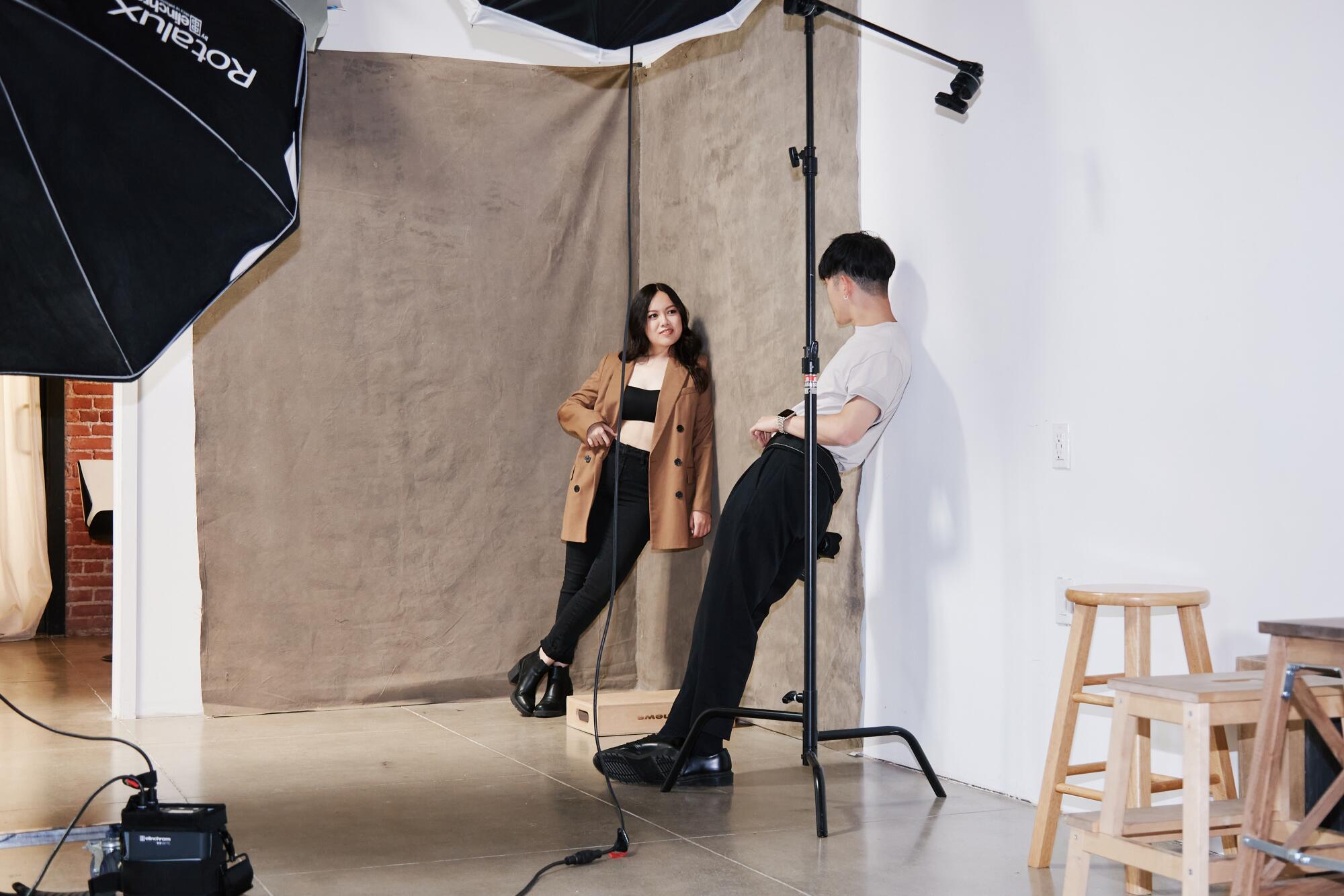
But while the techniques he was learning from YouTube helped him learn how to think about light and composition, he found that when he photographed peers, they weren’t always happy with the results — particularly his female friends. “I was so invested in taking the most beautiful photo, and then when I upload my album [to Facebook], I would get private messages saying, ‘Hey, can you not tag me?’” Suh remembers. “I’d be so confused. Because I was like, ‘Hey, this is a masterpiece.’”
Eventually, he realized that “at that time, I was just seeing the relationship between me and the camera. I was just behind here,” he says, gesturing to the way the camera stands between the photographer’s face and everything else. “The world outside of that didn’t exist anymore. I didn’t care what they felt — not that I didn’t care. I didn’t know about it.”
You don’t need to crowd the Griffith Observatory to get postcard-worthy views of the iconic landmark.
When he asked about the cause of their discomfort, friends said they often felt awkward trying to figure out what to do with their bodies in a picture. So Suh took what he was learning from dance and tried to help them figure out how to hold themselves so that they would feel comfortable — and also look good in the final image. These days, Suh’s tips often involve lengthening your silhouette with an extended leg or curving arm; he advocates for tilted hips to emphasize curves if you’ve got ‘em — though he also offers “masculine” and “feminine” coded poses that can work for people of any gender.
Learning about posing helped Suh understand how complex and fraught being photographed is for many people. He now thinks of the process as a matrix of relationships he has to manage. “There’s my relationship with the person I photograph,” he says. “Their relationship with the camera. I have to be mindful of their previous relationship they’ve had with photos of themselves. And then there’s their own self-relationship.”
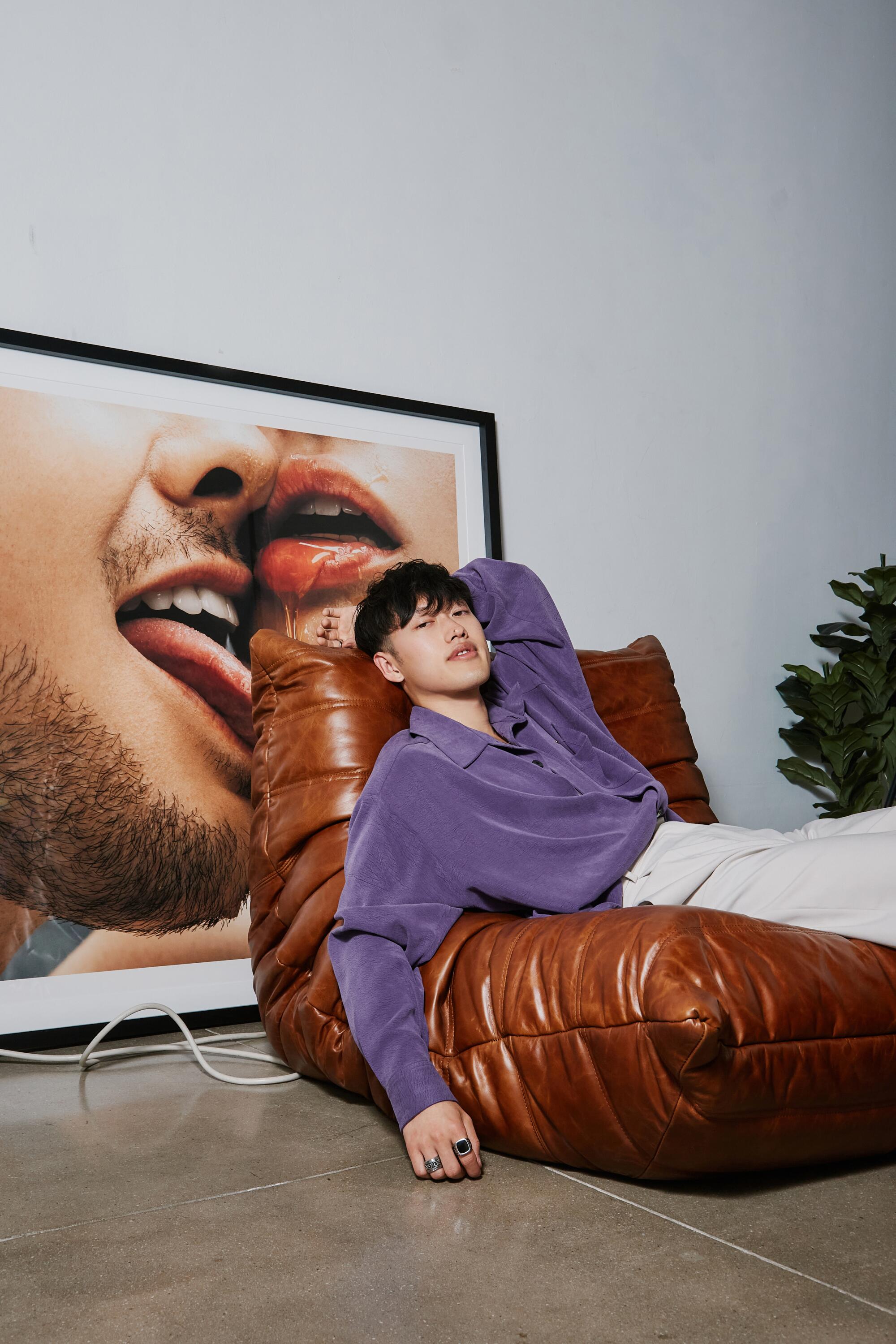
Suh moved from Seoul to the United States to attend UC Davis in 2013. There, he majored in design but didn’t particularly flourish — he even once failed a photography class. He says now that the most important things he learned there weren’t art or aesthetics but instead psychology and business. A class on nonverbal communication was particularly resonant: “Posing, if we think about it on the skin-deep level, could be very shallow,” Suh says. “We’re just getting into a pose for a cute Instagram. But the part that really fascinates me is that it’s about how we present ourselves. It’s body language. How are we communicating? Photos can be a way of expressing your creativity. And then through that, then it becomes a source of empowerment and confidence and a sense of yourself.”
That idea of portrait photography as a fundamentally collaborative effort comes alive watching him work with Ngo. Instead of expecting a mute muse, the way Suh works with his models gives them agency to express themselves, to transform from acted-upon object to active participant in the creative process. The photo is something they make together, not something he takes from or of them. Over the course of the hours they spend together, Ngo gets bolder, looser, more willing to suggest a setup or try a new pose without hesitation. Being looked at is scary, but making art together is fun.
After graduation, Suh moved to Sacramento and started a portrait studio where he honed his craft, working with nonmodel clients and trying to take photos that would make them feel beautiful — but also cared for and seen. “I always wanted a really luxury experience for my clients. I wanted the opposite of what a Macy’s walk-in appointment was,” Suh says of his ethos. “How can I serve you? How can I help you celebrate you in the deepest way possible?”
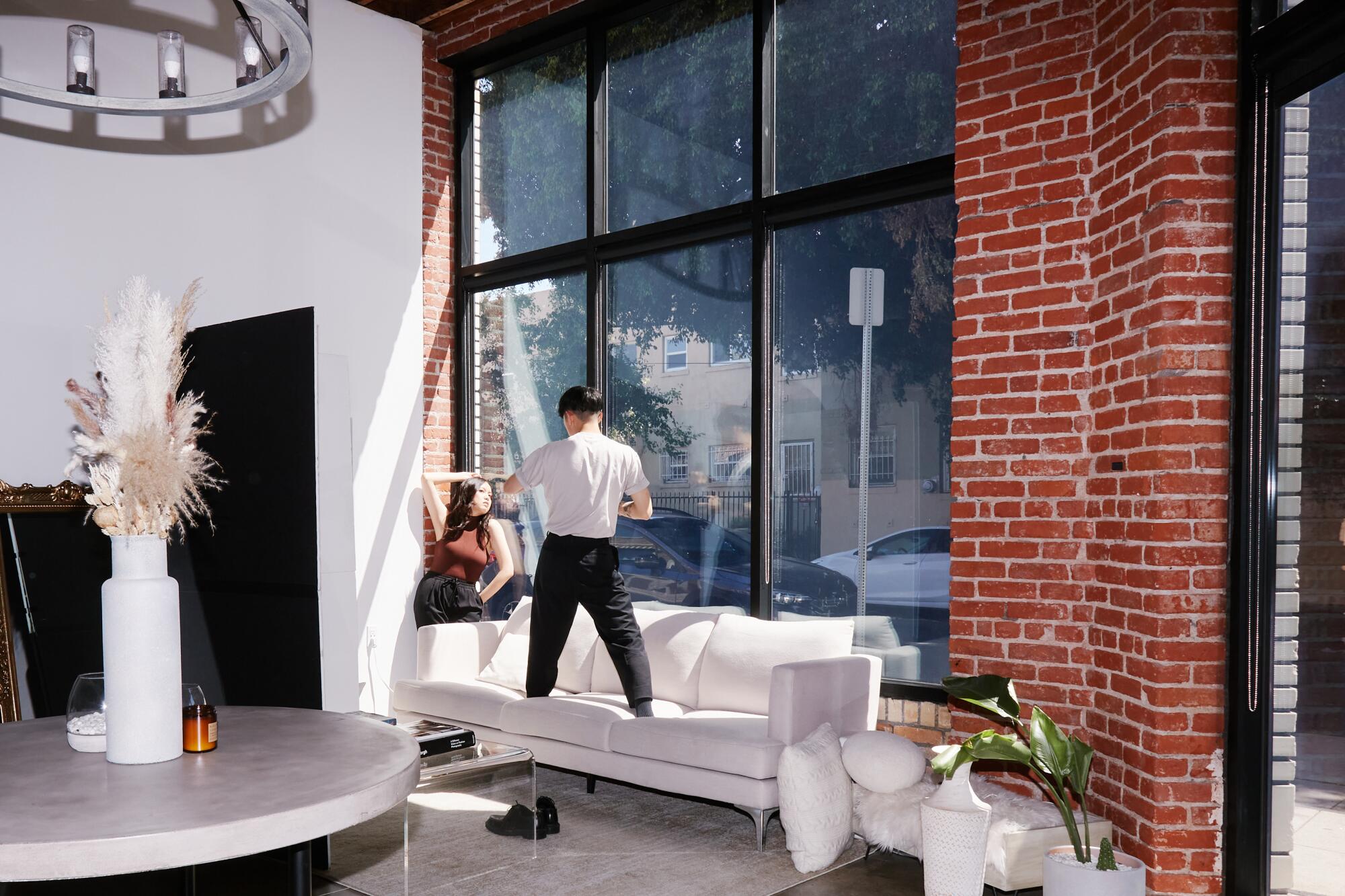
He sees what he does as part of a larger project of encouraging people (particularly, though not exclusively, women) to treat themselves with kindness and care. And he’s learned just as much from this work as his clients have. He notes that, like many men, he wasn’t raised to think much about looking or feeling good. Most guys, he says, only have “achievement photos” of themselves — “Me and an award,” he says, “or, like, a fish.” So they don’t understand what others in their lives are seeking when they ask to have their photo taken — they see it as something rote, part of a checklist or a public performance, as opposed to a search for deeper validation and self-appreciation. “For me, I learned why it feels so good,” Suh says. “And therefore, I connect.”
He started connecting even more widely when he joined TikTok in late 2019. It wasn’t intended as a marketing move, he says, but instead happened because he wanted to “share the joys of what I do.” It was fortuitous timing, though, with COVID-19 about to shut down in-person portraiture for a prolonged period. TikTok became the most downloaded app of the early pandemic, and Suh’s cheerful exhortations to care for and appreciate oneself were a balm, and a hit. Pandemic or no, his client waiting list quickly became a yearlong affair.
Suh moved into his current space, a dreamy studio in Virgil Village, about six months ago; he realized he wanted to be in a city where he could pursue big dreams, like his fantasy of doing a one-man “Queer Eye” makeover-type show. But his client roster is still focused on everyday people, and he sees social media as a hobby, not his end goal. The connection he has with clients, and the feeling they take home with them — that’s his work, as well as his passion.
However, a “flattering” pose often pays homage to the modern Western taste for long, thin bodies, so that only certain curves are acceptable, while others have to be masked or hidden. That kind of aesthetic concern doesn’t necessarily square with the deeper self-confidence and self-love that Suh talks about. So how does he define beauty, for his clients and himself?
Suh is a good talker: thoughtful and funny, with a level of articulate enthusiasm that makes the listener feel, even briefly, just as impassioned about his subjects as he is. His response to this question lays out a lifetime of work and contemplation — particularly impressive when you consider that Suh is only 27.
Let the darkness amplify your senses on these epic yet accessible trails.
“Beauty is like ...” he begins, and then pauses. “I like analogies, and maybe here it’s like taste in food. When we think about what tastes good to me, it has a lot to do with my background. What I was fed, what my mom cooked for me, what other kids were eating that was seen as cool. You start building up your palate; you grow to be an adult, and you start exploring. You go through all that personal development to create your taste and your palate.
“Now I have to think about all of that for beauty for my clients. Not that I have to understand their entire life, [but] I know that their perception of beauty could be vastly different than mine. I have to treat it with a lot of sensitivity, with a lot of listening and empathy.”
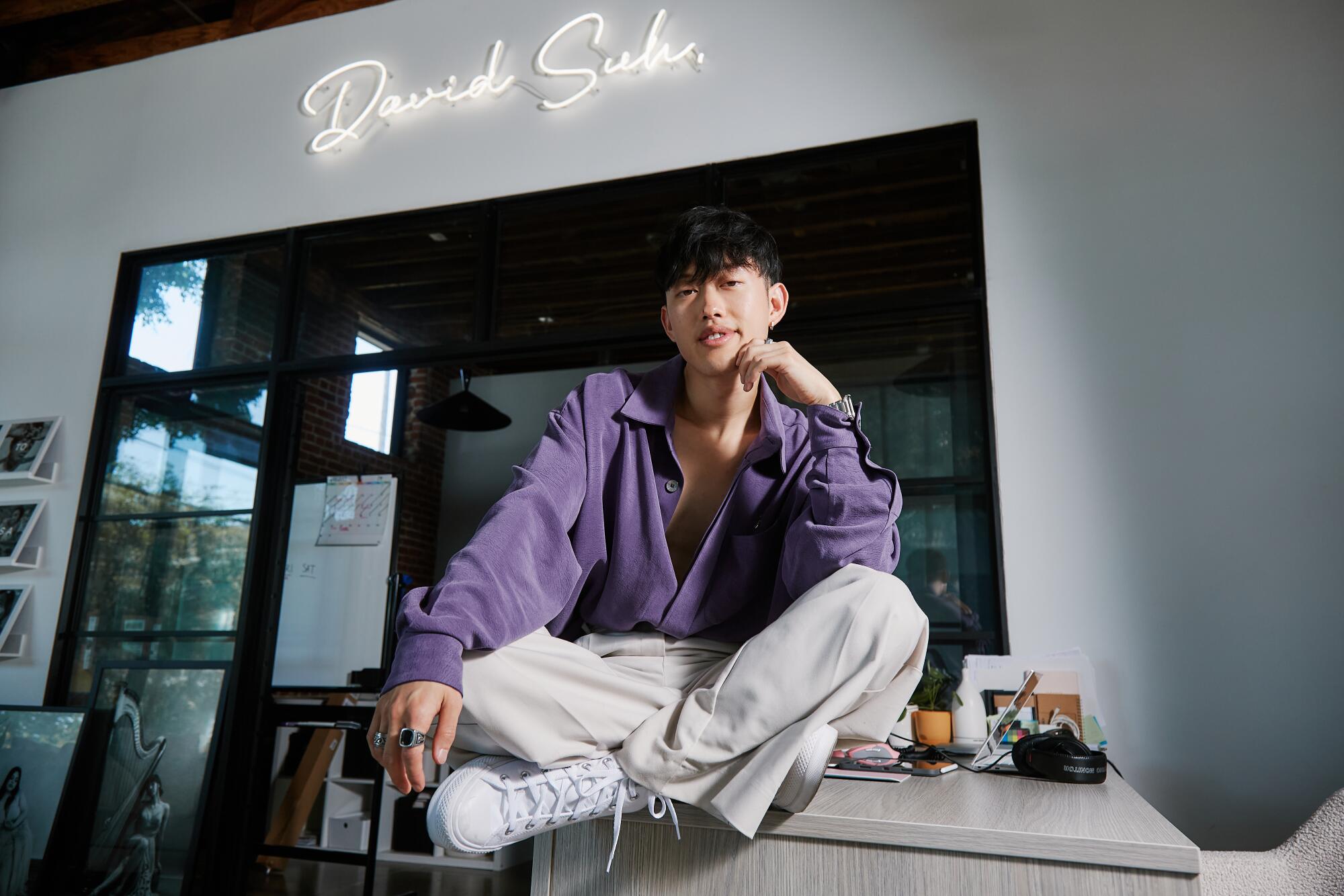
His voice picks up; he’s really in it now, talking about the heart of the work and why it matters to him. “We’ve had moments of feeling cool, self-confident, sexy. Sad, mad, angry. The only thing is, we haven’t seen ourselves feel that. Everyone else has seen ourselves feel that. When we’re angry, we don’t go to the mirror afterwards: Let me see myself be angry. Or maybe if we’re being intimate with a partner, we don’t see that.
“We’ve never seen that. Everyone else has seen it, but we might not even believe it if they tell us. That’s how stubborn our self-perception is. Through portraits, I can show you that person. For the first time, you’re meeting you.”
More to Read
Sign up for The Wild
We’ll help you find the best places to hike, bike and run, as well as the perfect silent spots for meditation and yoga.
You may occasionally receive promotional content from the Los Angeles Times.
